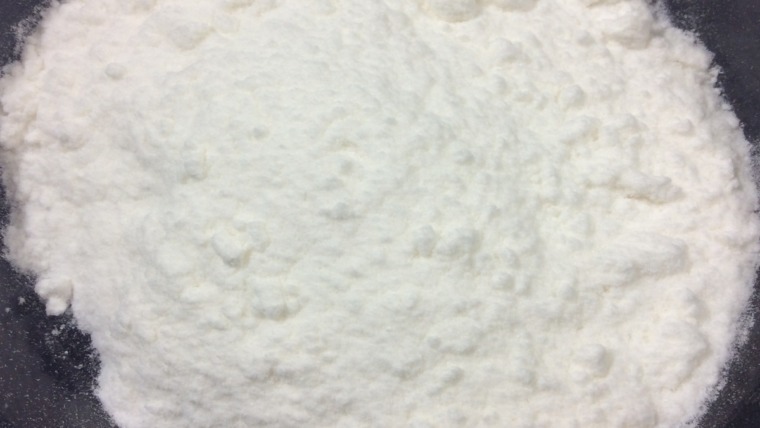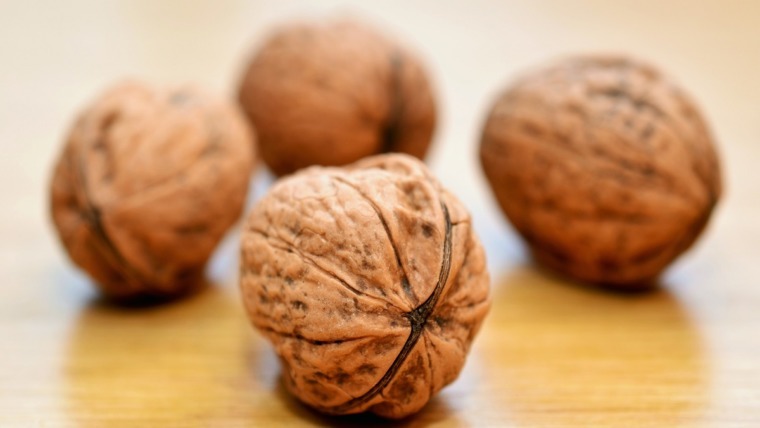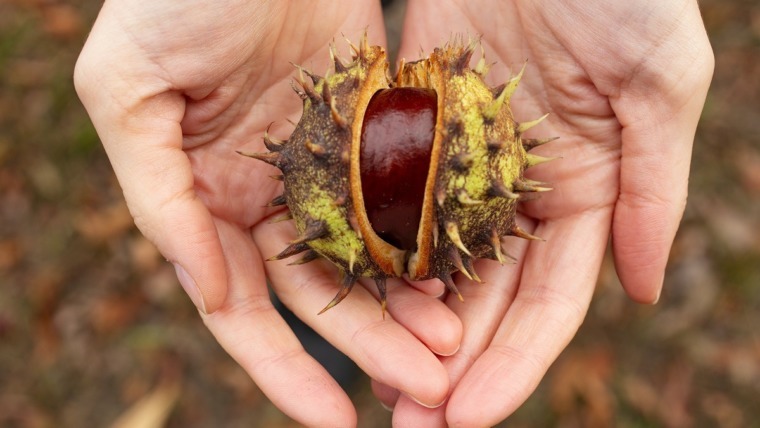
Written by Kevin Kapusi Starow
My first memories of the black radish are from trips made to Debrecen Hungary, where parts of my family originate from, and I am lucky enough to still have relatives living there. Though I am sure it was given to me in various forms during my childhood which I was unaware of what it was at the time.
The black radish is also known as Erfurter Radish and Spanish Black Radish, it is part of the Brassicaceae family (cabbage family), strange that that might seem. It is in season during winter as most of the members of this family are. It has several varieties from round, like a softball to long and elongated like a long sausage, in some cases reaching half a meter long.
The edible flesh of the fruit is white and has a sharp, often hot taste due in part to the chemicals the plant produces for protection against pests. The fruit has an outer, tough skin which ranges in colour from black through to a dark brown, hence the name, though it is the inner white flesh which is prized and used.
For Cooking
The black radish can be used as a food source in a variety of ways, such as being peeled and eaten raw. It can be made into soups, or accompanying soups, or even added to stews as a featured ingredient.
Throughout many eastern European countries the white flesh is finely grated and added to a sour cream, which is then used as a condiment for meats, fish and poultry dishes. If the taste of the raw flesh is too strong, or hot it can be subdued by adding some salt to the raw flesh prior to use. Though this is dependent upon your own personal tastes, I personally have not needed to do this, as I prefer the spiciness of the radish. Though be aware that the level of spiciness does vary from fruit to fruit, and I am sure from variety to variety, but I have only experience the oval black varieties, not the elongated ones.
This has been a staple food source for many culture during the harsh winter months, and does bring back fond memories for me of my family, present and past.
Health Benefits
As the black radish has a long history it has also been used over time for its medicinal properties, in particular the juice which has been utilised over the centuries in numerous ways.
The radish has been used since ancient times in particular to help stimulate the bite or gall function, which is a liquid produced by our livers to help in the digestion of lipids within our foods.
The juice is reported to help in the reduction / elimination of cholesterol and in eradicating gallstones. Currently the are studies looking into the veracity of these claims and the potential for a preventative cure for these ailments.
Of course there will always be the die hard believers, though for me, I just love the taste and refreshing bite of this vegetable, If it also helps in these other areas, that is just a bonus a extra plus, when I have already been sold on the taste and mouth feel of this iconic ingredient.



